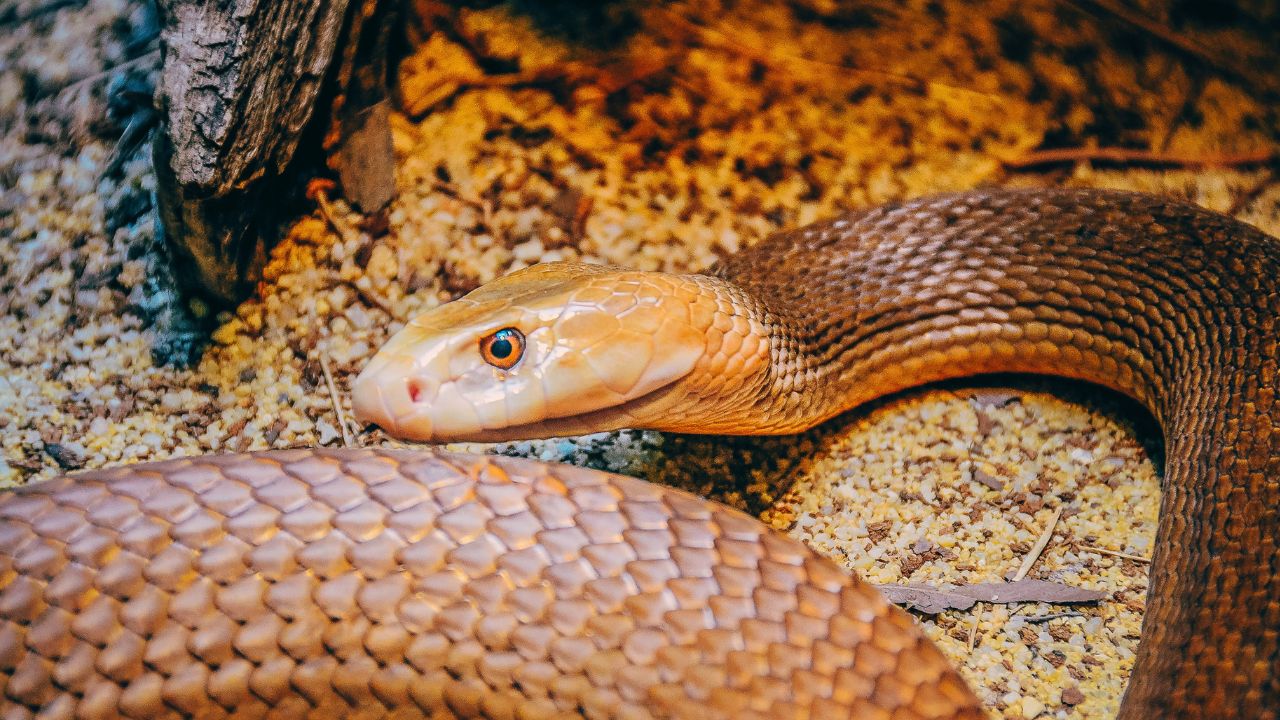New research has shown that snakes not only have the ability to detect airborne sound vibrations, but also respond differently to what they hear. Previous studies have shown that snakes can feel sound vibrations through the ground, known as “tactile” sensing, but the latest findings finally dispel the myth that snakes are deaf to airborne sound.
For this study, 19 snakes from seven species were used, and the results showed that each species had a unique response to the sounds they heard. Although snakes primarily sense their environment through seeing and tasting the air, the research highlights that hearing plays an important role in their sensory repertoire.
According to the researchers, this makes sense from an evolutionary perspective. Snakes are vulnerable to predators such as monitor lizards, cats, dogs, and other snakes, and hearing is an important sense for both predator avoidance and injury avoidance, such as being trodden on.
The research team collaborated with the Queensland University of Technology’s School of Creative Practice to fit out a soundproof room and test one snake at a time. Using silence as a control, the researchers played one of three sounds, each with a range of frequencies: 1-150 Hz, 150-300 Hz, and 300-450 Hz.
The research is the first to investigate how multiple snake species respond to sounds in a space where they can move freely. An accelerometer was also used to detect whether the sounds produced ground vibrations, which confirmed that the snakes were indeed registering airborne sounds and not just feeling ground vibrations.

Common death adder snake. A highly venomous snake found throughout most of Australia and Papua New Guinea
The results of the study showed that Woma pythons, a non-venomous snake found throughout Australia’s arid interior, significantly increased their movement in response to sound and even approached it. They exhibited a behavior called “periscoping,” in which snakes raise the front third of their body in a manner that suggests curiosity.
In contrast, Acanthophis (death adders), Oxyuranus (taipans), and Pseudonaja (brown snakes) were more likely to move away from sound, signaling potential avoidance behavior. Death adders are ambush predators, while brown snakes and taipans are active foragers that rapidly pursue their prey during the day.
The study further debunks the myth that snakes are deaf. They can hear, but not as well as humans. Snakes can only hear low frequencies, roughly below the 600 Hz mark, while most humans can hear a much wider range. Snakes probably hear muffled versions of what humans do.
The sounds used in the experiments were played at a distance of 1.2 meters from the snakes at 85 decibels, which is about the amplitude of a loud voice. The snakes in the study responded to this sound, with many showing significant responses.
In conclusion, the new research shows that snakes can detect airborne sound vibrations and that different species of snakes react differently to what they hear. The findings highlight that hearing is an important part of a snake’s sensory repertoire and has important implications for their survival. The study debunks the myth that snakes are deaf, but it is important to note that they can only hear low frequencies and not as well as humans.
While the frequency of the human voice falls within the range of sounds that snakes can hear, the study did not test sounds at normal conversation levels, which are typically around 60 decibels. It remains to be seen how snakes would react to such sounds, but the results of this research show that they are certainly not “deaf” to airborne sound.
Reference:
Sound garden: How snakes respond to airborne and groundborne sounds. Zdenek CN, Staples T, Hay C, Bourke LN, Candusso D (2023) Sound garden: How snakes respond to airborne and groundborne sounds. PLOS ONE 18(2): e0281285. https://doi.org/10.1371/journal.pone.0281285
Source: PLUS ONE, The Conversation







